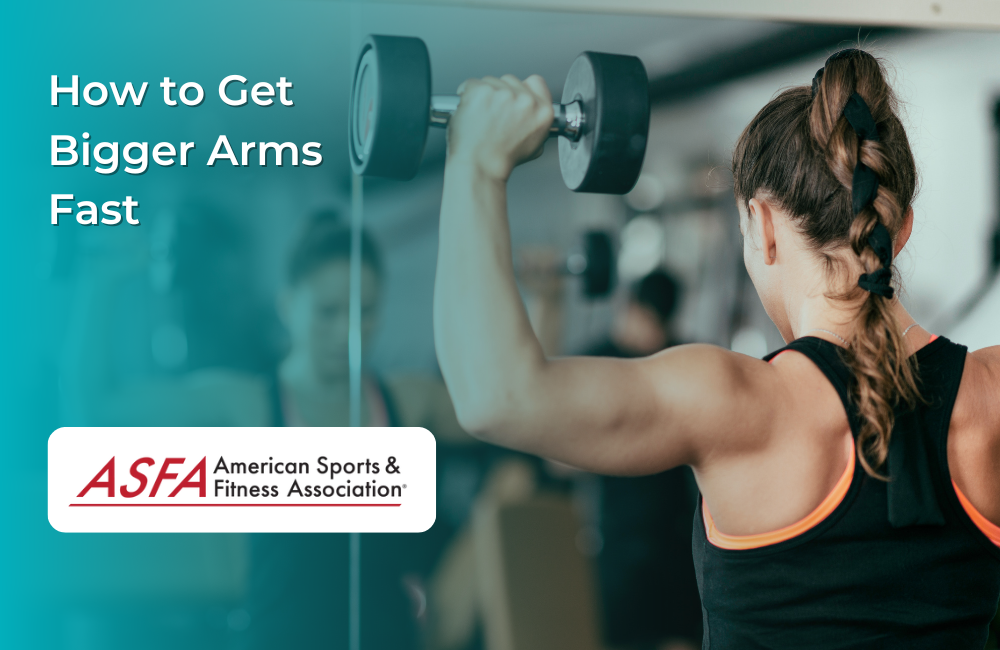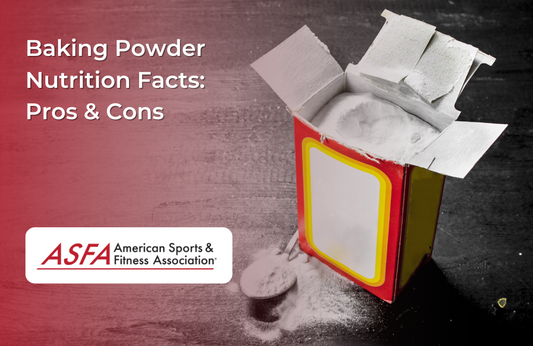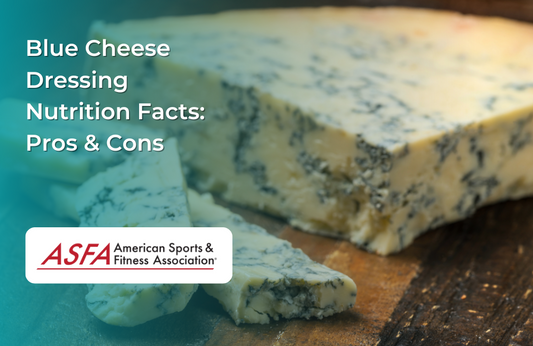Building bigger arms requires a combination of targeted strength training, progressive overload, proper nutrition, and adequate recovery. While there is no shortcut to overnight muscle growth, a focused approach can maximize results in a shorter time frame. Understanding the mechanics of arm development and structuring workouts efficiently will help accelerate muscle gains.
How to Get Bigger Arms Fast: Understanding Arm Muscle Growth
To develop bigger arms, it’s important to train both primary and supporting muscles:
-
Biceps – The bicep muscle, located at the front of the upper arm, consists of two heads: the long head and the short head. These heads connect to the shoulder and elbow, playing a crucial role in elbow flexion.
-
Triceps – Located at the back of the upper arm, responsible for extending the elbow.
-
Forearms – Assist in grip strength and overall arm function.
Balancing biceps and triceps training is essential since the triceps make up a larger portion of arm mass.
Anatomy of the Upper Arms
The upper arms, also known as the brachium, are composed of three primary muscle groups: the biceps, triceps, and forearms. The biceps muscles, located at the front of the upper arm, are crucial for flexion and supination of the forearm. These muscles are what you see when you flex your arm, and they play a significant role in lifting and pulling movements.
On the flip side, the triceps muscles are situated at the back of the upper arm. They are responsible for the extension of the forearm, which is essential for pushing movements. The triceps make up a larger portion of the arm’s mass compared to the biceps, making them vital for achieving bigger arms.
The forearms, located below the elbow, are responsible for the flexion and extension of the wrist and fingers. They play a supportive role in grip strength and overall arm function, which is essential for performing various upper body exercises.
Understanding the anatomy of the upper arms is essential for effective training and injury prevention. By targeting specific muscle groups, you can achieve balanced muscle growth and development, ensuring that your arms not only look good but are also strong and functional.
Training Strategies for Fast Arm Growth
Progressive Overload
-
Gradually increase weight, reps, or intensity over time.
-
Push muscles close to failure with each set while maintaining proper form.
-
Keep track of lifts to ensure consistent strength progression.
-
Slowly lower the weights during exercises to maximize muscle engagement and prevent injuries.
Train Arms Multiple Times Per Week
-
Training arms 2-3 times a week allows for more volume and faster growth.
-
Pair arm workouts with larger muscle groups like back and chest to maximize efficiency.
-
Use direct arm training sessions to add extra volume when needed.
Use Compound and Isolation Exercises
-
Compound movements like pull-ups, dips, and bench presses engage multiple muscles and contribute to arm growth.
-
Isolation exercises like curls and extensions specifically target the biceps and triceps.
-
Using an underhand grip in exercises like cable preacher curls and chin-ups can significantly enhance bicep engagement. This grip positioning maximizes muscle activation and ensures proper form during these movements.
-
Training with Proper Form and Technique
Proper form and technique are crucial for effective and safe training. When performing arm exercises, maintaining proper posture, engaging your core, and using a full range of motion are key to maximizing muscle growth and minimizing the risk of injury.
Here are some tips for training with proper form and technique:
-
Stand with your feet shoulder-width apart: This stance provides a stable base, allowing you to perform exercises with better balance and control.
-
Engage your core: Keeping your core tight helps maintain proper posture and prevents lower back strain.
-
Use a full range of motion: Ensure that you fully extend and contract your muscles during each repetition. Avoid jerky or bouncy movements, as they can lead to injury.
-
Keep your upper arms still: When performing exercises like bicep curls and tricep extensions, focus on moving only your forearms. This isolates the target muscles and enhances their activation.
-
Avoid using momentum: Swinging or using momentum to lift weights can put unnecessary strain on your joints and muscles. Lift weights in a controlled manner to ensure proper muscle engagement.
By training with proper form and technique, you can achieve effective muscle growth and development while minimizing the risk of injury. This approach ensures that each exercise targets the intended muscle group, leading to more efficient and safer workouts.
Best Exercises for Bigger Arms
Biceps Exercises: Dumbbell Curls
-
Barbell curls
-
Dumbbell curls
-
Preacher curls
-
Chin-ups
Triceps Exercises
Forearm and Grip Strength Exercises
-
Reverse curls
-
Farmer’s carries
-
Dead hangs
Maximizing Growth with Proper Nutrition
Muscle growth depends not only on training but also on providing the body with the necessary nutrients.
-
Increase protein intake – Supports muscle repair and growth.
-
Consume enough calories – A slight calorie surplus fuels muscle gains.
-
Stay hydrated – Supports muscle function and recovery.
-
Optimize post-workout nutrition – A mix of protein and carbohydrates enhances recovery.
Recovery and Rest for Optimal Growth
Muscles grow outside the gym, during rest and recovery. Overtraining without proper recovery can limit progress.
-
Get quality sleep to support muscle repair.
-
Allow muscles 48 hours to recover before training them again.
-
Stretch and use mobility exercises to improve blood flow and reduce soreness.
Common Mistakes to Avoid
When training your upper arms, it’s easy to fall into common pitfalls that can hinder your progress and increase the risk of injury. Here are some mistakes to watch out for:
-
Using too much weight: Lifting weights that are too heavy can strain your joints and muscles, leading to injury. Start with lighter weights and gradually increase the load as you build strength.
-
Not warming up: Skipping a warm-up can result in muscle strain and injury. Always begin your workout with 5-10 minutes of light cardio and dynamic stretching to prepare your muscles.
-
Neglecting to stretch: Failing to stretch after your workout can lead to muscle soreness and stiffness. Incorporate stretching into your routine, focusing on your biceps, triceps, and forearms to enhance flexibility and recovery.
-
Ignoring certain muscle groups: To achieve balanced muscle growth, it’s important to target all muscle groups in your upper arms. Include exercises that work your biceps, triceps, and forearms in your training regimen.
-
Poor form and technique: Using improper form can lead to ineffective workouts and increase the risk of injury. Always prioritize proper form and technique to ensure that you are effectively targeting the intended muscles.
By avoiding these common mistakes, you can enhance your training effectiveness and reduce the risk of injury. This will help you achieve your muscle growth goals more efficiently and safely.
Conclusion
Building bigger arms fast requires consistent training, progressive overload, a strategic mix of compound and isolation movements, proper nutrition, and adequate recovery. While there is no instant shortcut, following a focused approach will lead to noticeable gains in a shorter time frame.
FAQs
How long does it take to see arm muscle growth?
Noticeable changes can occur within a few weeks with consistent training and proper nutrition, but significant growth takes months of dedication.
Should I train arms every day?
No, muscles need time to recover. Training arms 2-3 times per week with proper intensity is more effective than daily workouts.
Can I build bigger arms without lifting weights?
Bodyweight exercises like dips, push-ups, and chin-ups can build arm muscle, but weight training provides faster and more targeted results.
Why are my arms not growing?
Lack of progress could be due to insufficient training intensity, not enough volume, poor nutrition, or inadequate recovery. Adjusting these factors can help break through plateaus.
Do I need supplements to get bigger arms?
Supplements can support muscle growth but are not required. Prioritizing whole foods and proper training will yield the best results.





